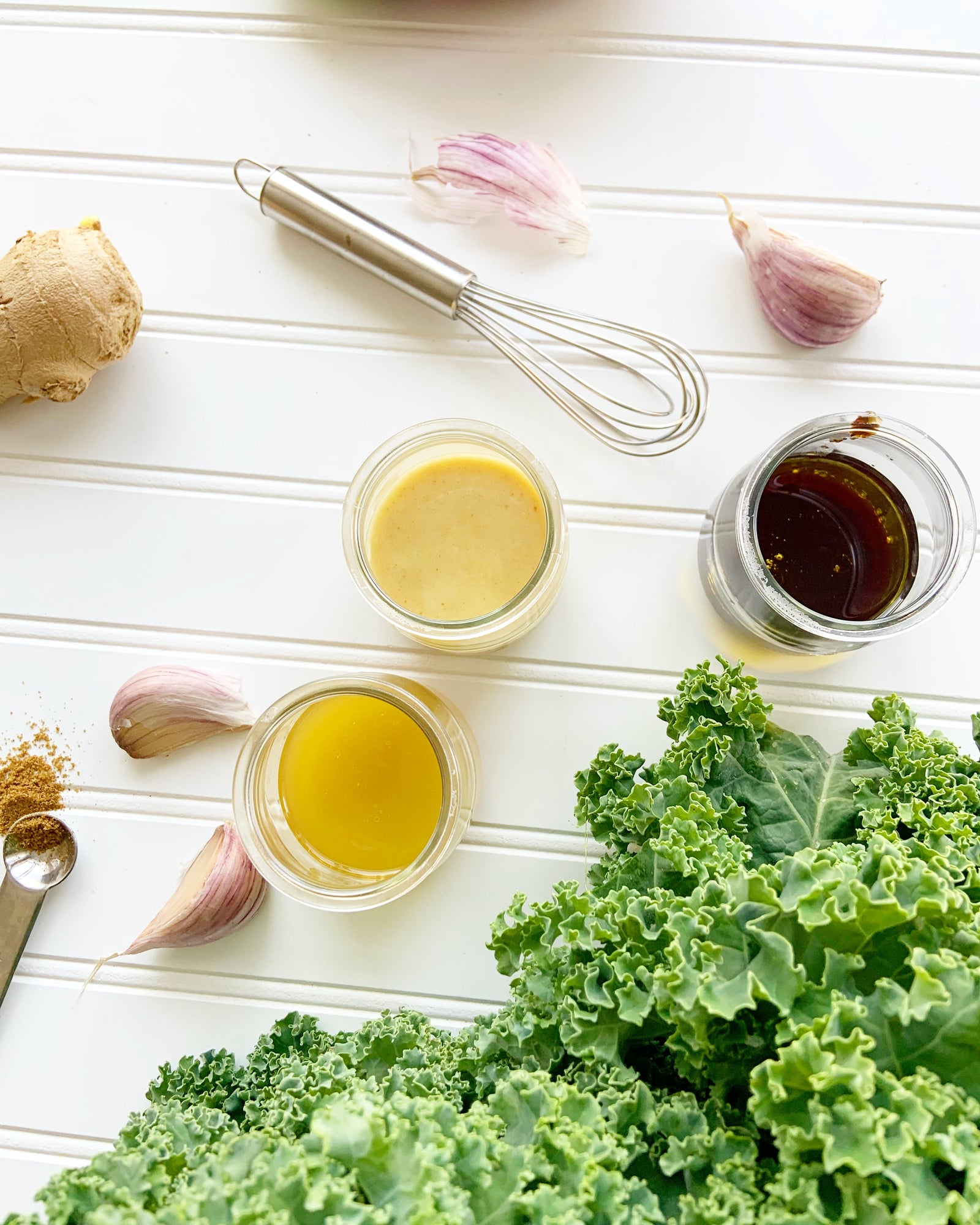Originally created for the International Probiotic Association. Written by Allison Tannis MSc RHN.
Despite a toxic-sounding name, Streptococcus thermophilus could be adorably described as the surprisingly warm and nurturing mother-in-law of your microbiome.
Despite its toxic-sounding name, you ingest Streptococcus thermophilus more often than you realize. Similar to a Mother-in-Law, there is no reason to fear it based on its name -Streptococcus thermophilus is a probiotic! In fact, Streptococcus thermophilus is a gram-positive, lactic-acid probiotic that helps to make some of your favourite foods, including yogurt. Yes, thanks to Streptococcus thermophilus’ impressive digestive abilities yogurt can get that distinctive flavour and texture so many adore. (While the strains of Streptococcus thermophilus used in yogurt are not necessarily probiotics, it’s a great start to changing the way you look at this character in your microbiome.) These special abilities to be able to break down lipids and lactate makes Streptococcus thermophilus an awesome inhabitant of the human microbiome. In fact, Streptococcus thermophilus loves hanging out in your gut – true to its name, it loves warm places. Give this probiotic a second glance, as sometimes a name can be deceiving. You’ll be surprised at how cool this microbe actually is!

Is Streptococcus thermophilus Good or Bad?
Poor Streptococcus thermophilus is often greeted with a look of horror, as many mother-in-laws are. Its name can lead some to think it is related to Strep throat – yet, it is not. Streptococcus thermophilus is good. It is a probiotic: a friendly, helpful microbe that lives in your gastrointestinal tract and reproductive system. Streptococcus thermophilus is a lactic-acid bacteria you’ll be happy you’re hosting in your microbiome. Similar to some mothers-in-law, Streptococcus thermophilus has a title that makes it sound like a villain, yet it’s surprisingly warm and nurturing. Frankly, Streptococcus thermophilus has a few bad apples on its family tree, including some serious bad guys, such as Streptococcus pneumoniae, which can cause serious illness. But, Streptococcus thermophilus is a warm, nurturing, friendly microbe, with some impressively helpful abilities in your gut - nothing like its dysfunctional family members.
Why is Streptococcus thermophilus important?
Perhaps the most important thing about Streptococcus thermophilus is, it‘s a specialist in the digestion of less common things. If you look around the microbiome, there’s the Bifidobacteria who love to digest carbohydrates and fibers, and the Lactobacillus that usually digest lactose and other sugars. But, Streptococcus thermophilus are specialists in the digestion of protein and lipid – that’s really cool! Streptococcus thermophilus can digest the protein casein, so you can get the amino peptides from that protein to use as your body sees fit. These digestive abilities of Streptococcus thermophilus, are helpful and nurturing – kind of like that awesome mother-in-law who breaks all the stereotypes associated with that title.
What Does Streptococcus thermophilus Look Like?
Streptococcus thermophilus has normally a ball or circular (coccus) shape and it tends to live in pairs or chains. When it’s reproducing Streptococcus thermophilus almost appears to have a band around it. The unique structure of Streptococcus thermophilus allows it to endure high temperatures, which makes it useful in dairy fermentation processes that involve a lot of heat. Of note, unlike its pathogenic family members, Streptococcus thermophilus does not have genes or express surface proteins to adhere to the mucosal surface on your gastrointestinal tract. It doesn’t have the virulent-related functions of its toxic family members.
Where Does Streptococcus thermophilus Live in Your Body?
True to its name, which comes from the Greek word warm, this gram-positive bacterium thrives in warm places (45°C). Your body isn’t that warm, but this species of bacteria do grow well in above 40°C temperatures. Inside your body, a temperature slightly below this ideal heat, you’ll find some strains of Streptococcus thermophilus. Dentists have isolated Streptococcus thermophilus from scrapings of teeth. Farther down, in your gastrointestinal tract, this very robust probiotic loves to be in acid – it can survive the stomach acid and bile better than many other bacteria. That’s great since the human body benefits from it being down there. Streptococcus thermophilus is great at digesting nutrients! Streptococcus thermophilus has a pretty major sweet-tooth – it really loves to ferment lactose! People who are lactose intolerant sometimes can digest yogurt, despite not being able to stomach milk. That’s because Streptococcus thermophilus helps them digest milk. (With that fun fact, it’ll come as no surprise that this probiotic is one of the first colonizers in a baby’s microbiome.)

What Foods Contain Streptococcus thermophilus?
You can find Streptococcus thermophilus sometimes in these foods:
- Swiss cheeses
- Yogurts
- Mozzarellas
Leave the Cheesy Jokes to Dad
Usually, we leave the cheesy jokes to the dads, but Streptococcus thermophilus is a probiotic, adorably described as being the warm, nurturing mother-in-law of your microbiome. Despite a negative-sounding name, it is truly a helpful member of our big, happy microbiome family.
Want to learn more about probiotics?
Find other Monthly Microbes, like Lactobacillus acidophilus, or Saccharomyces boulardii on the International Probiotic Association (IPA) website.
References
Streptococcus thermophilus: from yogurt starter to new promising probiotic candidate? J Fun Foods 2017 Oct;37:74-89.
Identification of Streptococcus thermophilus genes specifically expressed under simulated human digestive conditions using R-IVET technology. Microorganisms 2021 Jun; 9(6): 1113.
Streptococcus thermophilus strains: multifunctional lactic acid bacteria. Int Dairy J 2010 Mar;20(3):133-141.
Survival of yogurt bacteria in the human gut. Appl Environ Microbiol 2006 July; 72(7): 5113-5117.
New insights in the molecular biology and physiology of Streptococcus thermophilus revealed by comparative genomics. FEMS Microbiol Rev 2005 Aug;29(3):435-63.
Also in Blog

The Microbiome Diet: Gut Health, the Human Microbiome and Your Health
Your guide to the human microbiome, with insights into the Microbiome Diet, and whether it can improve your health, including indigestion.

Why Can't I Sleep: Your Guide to Better Sleep



